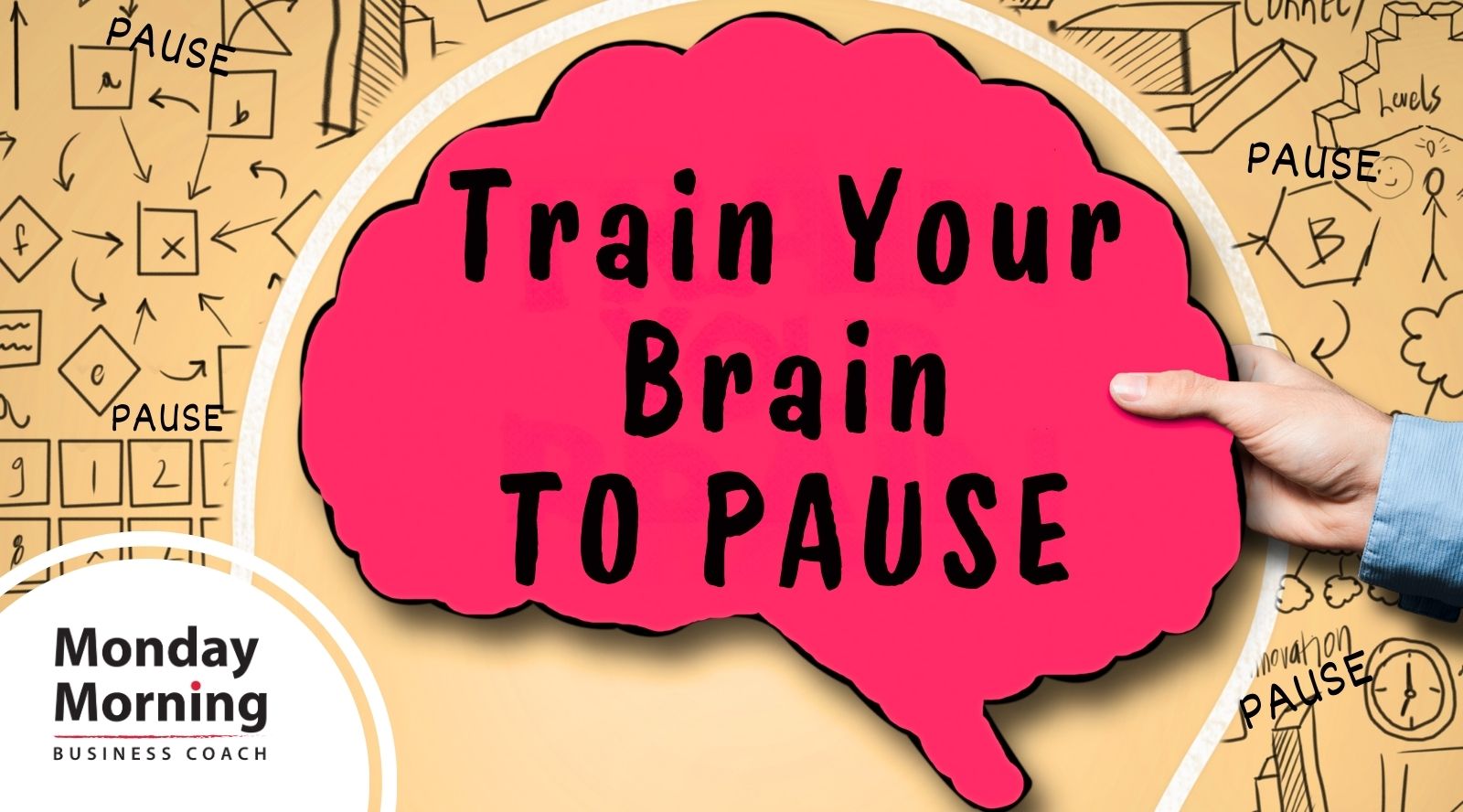We’ve recently been talking about our Pause framework and how you might use it to interrupt your reactivity so that you can respond in a way that’s in alignment with your goals.
While we often label this as a simple framework, it’s not always easy. Like any other muscle, it takes practice and consistency to retrain our brains (also known as positive neuroplasticity)!
So, today, we’re sharing some suggestions on ways that you can retrain your brain to Pause and be responsive versus reactive.
In short, it all comes down to practice, practice, practice! This helps to keep it forefront in your mind.
As the wise Rick Hanson says, “Neurons that fire together wire together.” Basically, what you think about…is what you think about!
Let’s take a look at some successful ways we’ve found to add the Pause into your everyday life. These also work well in learning new behaviors, unlearning old behaviors, or starting new habits.
For any of the suggestions below, consider what it would look like to have an accountability buddy or team join you. Having others to help you celebrate successes, discuss challenges, and brainstorm new ideas, can aid you in retraining your brain.

Pause and set intentions. What is my goal?
- At the beginning of the day, Pause. Glance at the day and consider how you want to show up. What’s your goal for the day?
- Before a big meeting, Pause and consider how you’d like things to go. Get detailed with new responses you’ll use if you find yourself getting reactive. The more detailed you can get in visualizing how the meeting will go well, the more likely it is that it will.

Pause and check-in. Am I in alignment with my goal?
- Create some electronic or handwritten notes to help remind you to Pause and check in throughout your day.
- Consider having a “Pause” note that you’ll see regularly (maybe in your notebook, at the beginning of your tablet notes, or even hanging on your computer) so that you’ll be more apt to remember to Pause and check in with yourself.

Pause and reflect. Was I in alignment with my goal?
- At the end of the day, Pause and reflect on how things went. Take a moment to celebrate successes and be as detailed as you can about how things went. What was different this time? How did you feel? Can you guess at how the other person felt? If something didn’t go well, take some time to envision the details of what you’d do differently next time.
- After things go sideways, Pause and reflect on your reactivity, and think about how you had hoped the meeting would go. Again, get as detailed as possible about how you might show up and respond as the leader you want to be.
- Anytime you reflect on conversations that didn’t go as planned, consider following up with the other person as soon as possible to clear the air.
When you Pause, it’s important to be honest with yourself about how you’re showing up.
This week, think about one or two ways you can set yourself up for success in pausing.
The more you use the Pause, the better you’ll be at interrupting your reactivity. This will increase your ability to communicate with intention so that you can influence others with your best and allow others to influence you with their best.
Let us know how the brain training goes!
As always, keep us posted on what your leadership looks like.
If you’d like support
to put the PAUSE into action
in your life,
contact us today.

